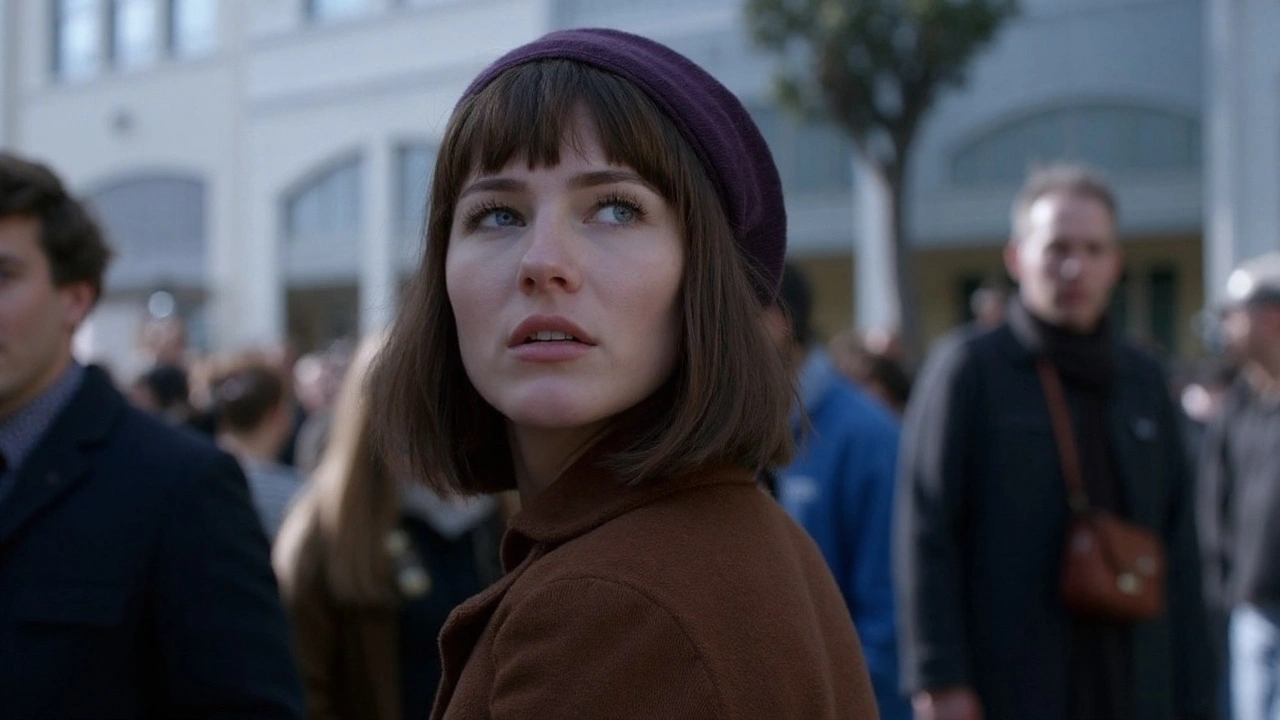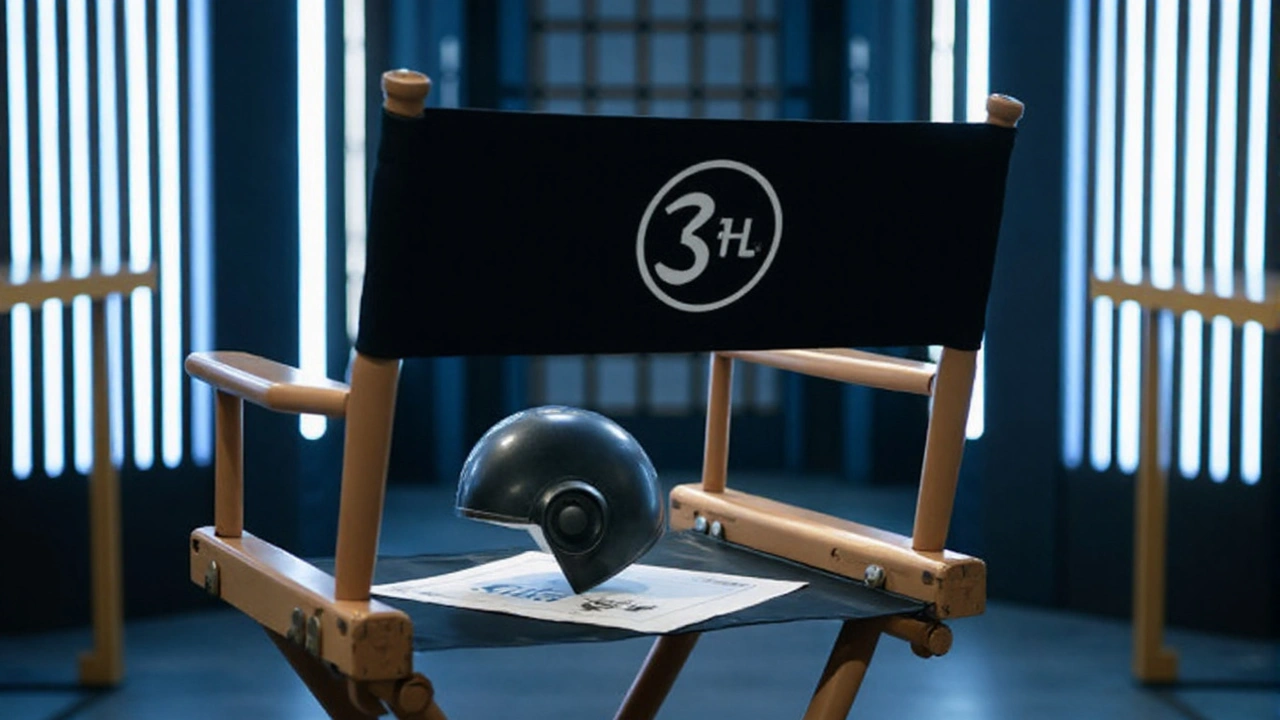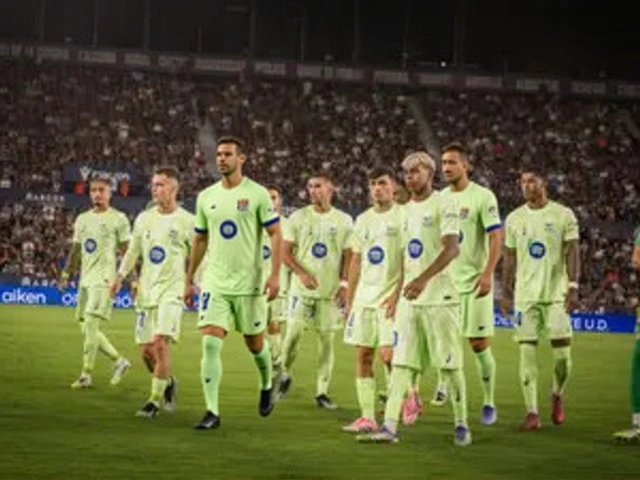By Lesego
Two seasons, one marathon shoot. Netflix has rolled cameras on 3 Body Problem season 2 and will keep them rolling through season 3, committing to a rare back-to-back production that stretches into 2027. For a series built on galaxy-brained ideas and wall-to-wall visual effects, the plan is bold—and designed to cut the long waits that usually crush momentum.
Netflix locks in back-to-back production
Production quietly kicked off in July 2025, according to people familiar with the schedule, with crews set to work continuously as season 2 flows straight into season 3. It’s the follow-through to Netflix’s double-season renewal announced more than a year after the show’s March 2024 debut.
The decision looks like a calculated bet: the show logged 388.10 million hours of viewing in the first half of 2024, which Netflix translated into 52.4 million “views” using its now-standard hours-divided-by-runtime metric. That put the series eighth among all Netflix titles in that period—solid enough to justify a high-cost, long-term plan.
Why back-to-back? Time-to-screen. Effects-heavy dramas bog down in post-production, and long gaps can drain audience attention. Filming seasons 2 and 3 as a single block cuts duplication in sets, costumes, and VFX asset builds, while locking cast and crews in place. Netflix is using the same playbook it deployed on Avatar: The Last Airbender, where bundled seasons help steady release cadence.
There’s also simple economics. Trade reports have pegged 3 Body Problem episodes at around $20 million each, pushing it into the top tier of TV budgets. Shooting consecutive seasons helps amortize costs: you build the big sets once, capture multiple timelines, and move on. For context, other Netflix tentpoles like Stranger Things have reportedly exceeded $30 million per episode in later seasons; this series isn’t far behind.
This is a long march. Filming across 2025, 2026, and into 2027 means lengthy post-production cycles overlap, letting season 2 move through edits, scoring, and effects while season 3 wraps photography. If nothing slips, Netflix is aiming season 2 for late 2025 or early 2026, with the finale season following after a shorter breather than fans endured between the first two.
That staggered overlap matters for the storytelling. The show relies on complex CG work—alien tech, cosmic-scale set pieces, and reimagined cities across different eras. By banking footage early and in order, the team can build and refine effects libraries once, then reuse elements rather than starting from zero for each season.
The other advantage is creative continuity. With the same showrunners—David Benioff, D.B. Weiss, and Alexander Woo—guiding both seasons at once, choices about tone, pacing, and design don’t get reshuffled by multi-year breaks. The adaptation started by compressing and remixing parts of Liu Cixin’s first novel; the next two seasons will lean into the darker, broader canvas of the remaining books.

Story scope, returning cast, and what changes next
The core ensemble is back. Jovan Adepo returns as Saul Durand, who closed season 1 as a Wallfacer—one of a handful tasked with devising secret, unspoken strategies to misdirect the San-Ti. Liam Cunningham reprises Thomas Wade, the hard-nosed chief of global intelligence who pushes humanity to make impossible calls. Eiza González is back as Auggie Salazar, the engineer whose work sits at the center of Earth’s scientific counteroffensive. And Marlo Kelly returns as Tatiana, the enigmatic believer serving as the San-Ti’s voice on Earth.
Expect the scale to jump. Season 1 mapped most of the first book’s events while swapping in new character dynamics. Seasons 2 and 3 will mine the remainder of the Remembrance of Earth’s Past trilogy, where deterrence theory, espionage, and civilization-scale engineering take the lead. The Wallfacer Program becomes more than an idea—it becomes the engine for the plot.
Hibernation will likely be the most visible shift on-screen. The show has already introduced advanced sleep tech, and seasons ahead may lean on time skips to jump decades or even centuries. That gives the writers room to show how Earth transforms under the shadow of a distant invasion: new megacities, shifting geopolitics, and scientific leaps that remake daily life.
For production, time jumps are both opportunity and headache. Wardrobe, architecture, vehicles, and interfaces need a consistent design language as years pass. Aging makeup and VFX de-aging are options, but back-to-back filming also lets the team stage multiple eras with the same sets redressed and the same actors on hand, trimming the reinvention cost each time the story leaps forward.
Audience-wise, the time-skip approach has another upside. You can deliver a fresh-feeling season without changing the core premise. It keeps returning viewers anchored to familiar characters while renewing the stakes with each jump.
The showrunners’ big choice last time was character reconfiguration—creating the Oxford Five and re-centering threads from the novels to fit TV pacing. Season 2 is expected to keep that approach: hold onto recognizable tentpoles from the books while reshuffling the path to get there. That includes making the Wallfacer battles more personal and screen-friendly, with feints and counter-feints that play out as character drama rather than exposition.
None of that works without the effects pipeline holding. Season 1 proved out the show’s visual identity: the San-Ti sophon moments, the eerie grandeur of virtual environments, and the cold futurism of near-term science. With two seasons shooting together, VFX teams can plan set pieces in arcs—design an effect once, escalate it, and pay it off across episodes instead of trying to top themselves anew every time.
There’s still risk. Long shoots tie up actors for years, and a VFX-heavy schedule leaves little room for reshoots if late-breaking changes hit. Calendar slips are common on series of this size. But starting early in 2025, with an eye on a late-2025/early-2026 window, gives the production a cushion while season 3 photography continues in parallel.
How many episodes? Netflix hasn’t said. Season 1 set an expectation for a mid-sized order—big enough to tell a chapter, tight enough to avoid filler. It would be surprising if the next two seasons strayed far from that model, given the budget math and the need to keep momentum.
The performance story is worth watching too. The series launched with strong hours watched but faced questions about sticking power beyond early adopters. Back-to-back shooting is partly a solution to that: minimize the gap, keep the conversation going, and bring viewers back before they forget where the last cliffhanger left them.
The creative team’s pedigree helps. Benioff and Weiss, with Alexander Woo, are comfortable with sprawling ensembles, tough moral choices, and long-game payoffs. Their task here is different from fantasy court politics: it’s about deterrence, secrecy, and building a sense of dread over centuries. The ending is not a single battle—it’s a calculation across time.
For readers of Liu Cixin’s novels, the roadmap is clear even if the turns aren’t. The Dark Forest concept, the escalation of Earth’s defenses, and the ethical strain on individuals inside massive systems all loom. The show has already proven it’s willing to remix canon when it serves the medium; seasons 2 and 3 will likely push that further while hitting the novel’s signature beats.
On the business side, expect a disciplined marketing ramp. As season 2 nears the finish line in post, Netflix can unveil footage while reminding viewers of key season 1 turns. Then, as season 3 advances in production, the platform can promise a firm date rather than another open-ended wait. That certainty alone can boost return viewership.
For now, the message is simple: patience now, less waiting later. With cameras rolling on season 2 and the finale season queued up behind it, Netflix is building a runway for a faster payoff—aiming to land one of its most expensive science-fiction bets with a clear, continuous finish.






